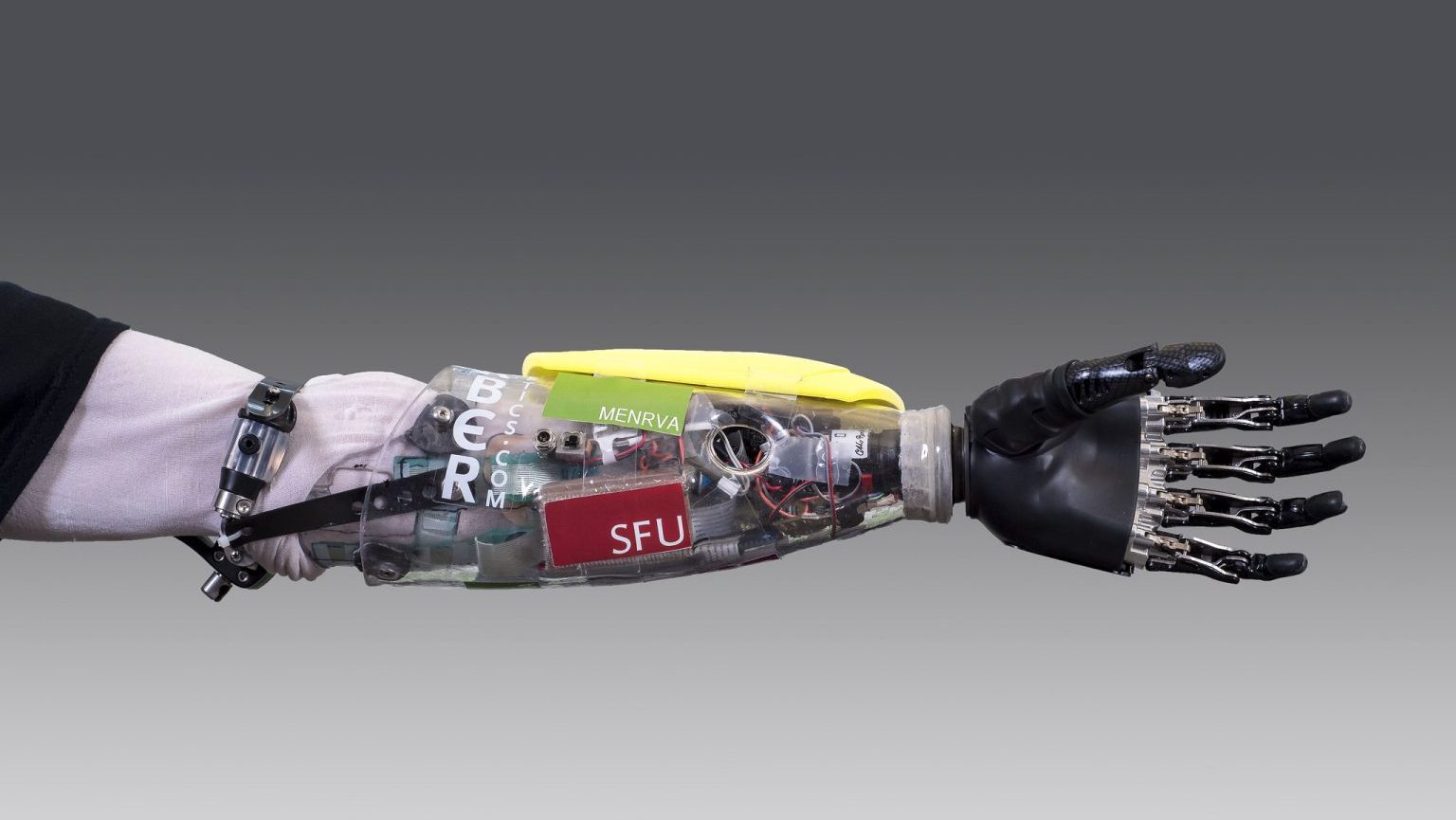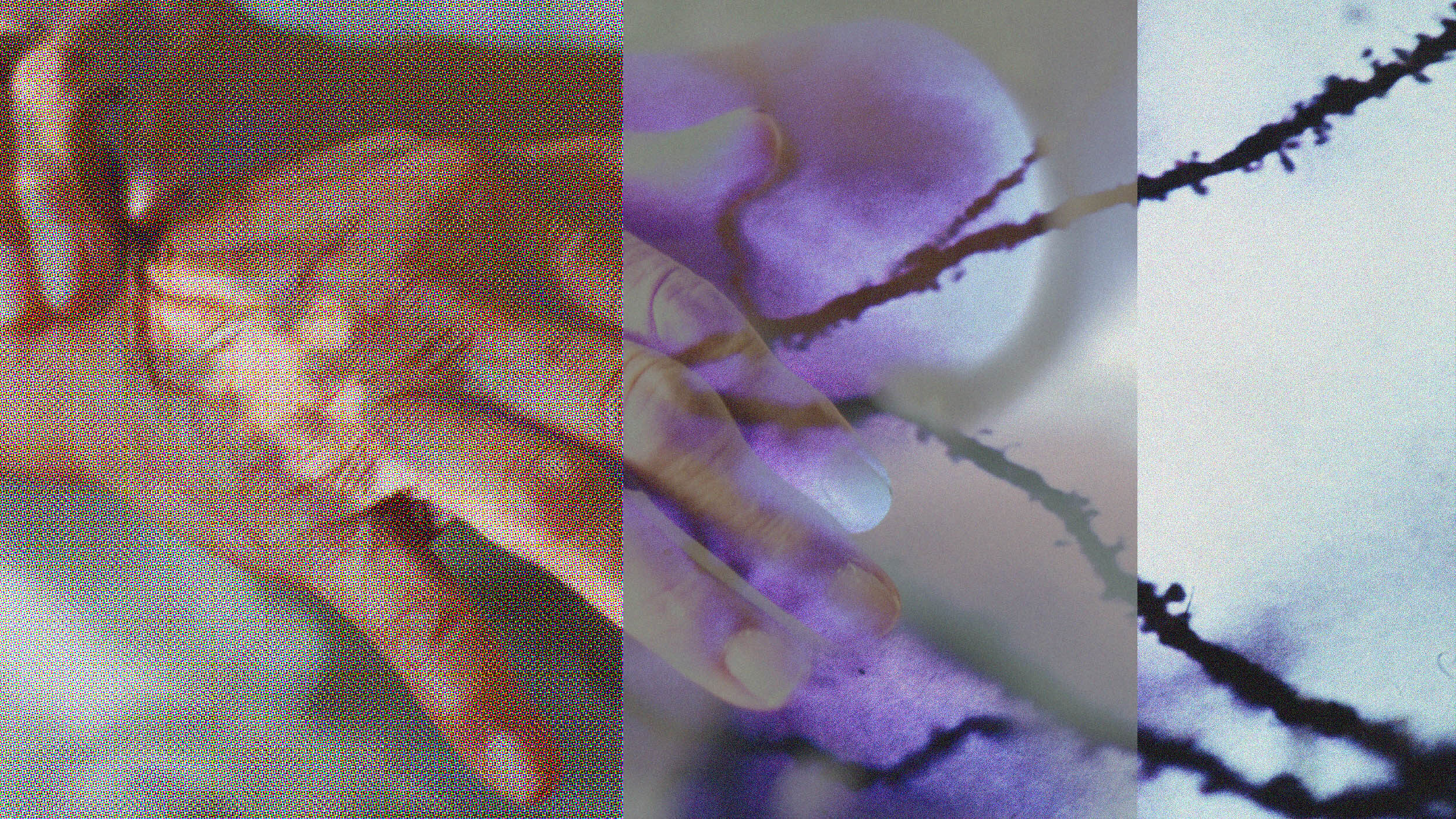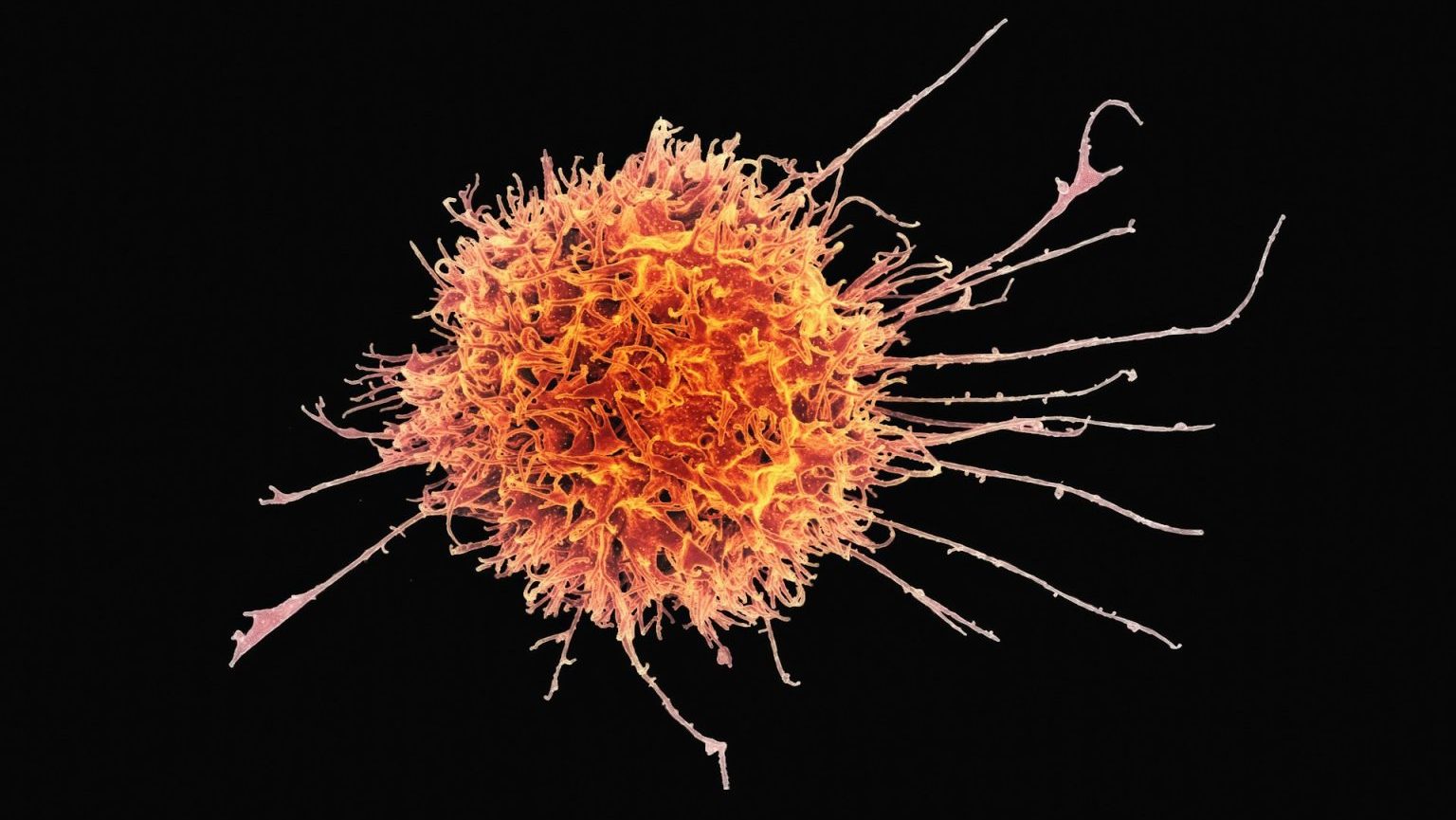The future of male contraceptives? A layered cocktail.

Photo credit: Peter Ruck / BIPs / Getty Images
- Scientist propose a layered cocktail as a future male contraceptive.
- Chemical layers block the flow of sperm and can be dissolved with near-infrared light.
- Tiny umbrella not included.
Layered drinks are definitely a thing. Whether it’s a Paradise Cocktail for grownups or a California Adventure Infinity Fizz for kids, these colorful comestibles have been around a while — they first appeared as pousse-cafés in France around the beginning of the 20th century. The drinks involve a sciency mixology that leverages the differing specific gravities of multiple liquids to achieve and maintain layers. And here’s a new variant: A male contraceptive layered drink.
In “A Cocktail-Inspired Male Birth Control Strategy with Physical/Chemical Dual Contraceptive Effects and Remote Self-Cleared Properties,” published in ACS Nano, scientists from China reveal their new menu item.

(Bao, et al)
In search of a medium-term contraceptive solution
There are basically three ways currently to achieve male contraception: condoms, pharmaceuticals, and surgery. The search for a more convenient, less expensive and prone to side effects, and reversible solution, led them to their layered cocktail.
The fact that such a drinks layers combine when it is warmed is what led them to the idea.

(Bao, et al)
How it works
The proposed cocktail would allow the deployment of chemical layers that combine to form a durable wall in the vas deferens that blocks the flow of sperm from the testicles to the urethra .
The researchers have been trying out their mix on rats, injecting layers of hydrogel, followed by gold nanoparticles, hydrogel-dissolver and sperm-killer ethylenediaminetetraacetic acid (EDTA), and finally a second layer of gold nanoparticles. Their subjects were allowed to mate for a couple of months, during which time none of their partners became pregnant.

How it can be reversed
As with any Sparkle Magic Jello Shot, the application of heat causes the layers to mix, breaking down the wall and restoring the flow of sperm. Indeed, when the rats’ were exposed to near-infrared light for just a few minutes, the irradiation heated up the gold nanoparticles, causing the wall layers to mix, the EDTA to break up the hydrogel, successfully, as the scientists put it, “unplugging the pipeline.” The rodents began once again to impregnate their mates who produced offspring in about a month.
Caveats
The results being so promising, the researchers are now working to test the safety of these compounds on other animals prior to testing on humans.
In addition, it’s not completely clear how long the contraception provided with this method can last in vivo. There’s also concern that the chemicals could cause inflammation, or an unhealthy build-up of blocked sperm.
Then, of course, there’s the question of whether any woman will trust her future to a contraceptive cousin of the Slippery Nipple.





